Should You Buy a Used Ford F-150?

Decades and generations of pickup-building expertise culminated in the latest complete generation of the Ford F-150, which launched for model-year 2009 and carried on through 2014.
This 12-generation (!) F-150 has moved fully into used-vehicle territory, and a couple-years-old copy may make a compelling used truck for a buyer after big capability on a budget. Or maybe for those loyal Ford truck owners that are apprehensive about the latest model’s switch to an all-aluminum body.
The all-steel 12th-generation F-150 underwent numerous changes and updates, in addition to introducing the EcoBoost engine range in the pickup scene, while offering up the latest in connected truck technology, luxury feature content, and safety.
The selection was abundant with numerous engines, drivelines, body styles, trim grades, and special-edition packages on offer. This generation F-150 also saw the introduction of the specialized SVT Raptor, which isn’t covered in this used Ford F-150 buyer’s guide.
If you’re considering a mainstream version of this generation of F-150, you’ll find V6 or V8 power, two or four-wheel drive, and equipment levels that set the machine up from work truck to posh towing rig, or anything in between.
Depending on the year and model selected, feature content may include navigation, Ford SYNC, climate controlled seats, Bluetooth, automatic climate control, premium stereo systems, power-deployed side-steps, and plenty more.
Buckle up for the powertrain options: at launch, these included a 5.4-liter V8 with 320 horsepower, or a 4.6-liter V8 with 248 or 292 horsepower, depending on the year. A 2011 overhaul saw the engine range revised with a focus on fuel economy via a newly available 3.7-liter V6 with 302 horsepower, a 5.0-liter V8 with 360, and a 6.2-liter V8 with 411. The 3.5-liter EcoBoost twin-turbo V6 launched here as well, with 365 horsepower and nearly as much torque as F150’s biggest V8. If you’re after a fully loaded unit with all the flauntables, search out a Lariat, King Range, Platinum or Limited model. After something more modest? Check out an XLT or FX4.
Like the Dodge Ram, Toyota Tundra, Nissan Titan, and Chevrolet Silverado/GMC Sierra with which it competes, the F-150 battled for the dollars of new and seasoned pickup shoppers with stand-out styling, feature content, capability, and power. Owners tend to comment positively on the F-150’s ride quality, flexibility, and performance from any of the larger engines.
Test Drive To-Do List for a Used Ford F-150
#1: Give Ford SYNC a Workout
Pair your phone via Bluetooth, plug in a USB drive full of media, and give the Ford SYNC system a workout. Make and take a phone call, plot a navigation destination, try numerous voice commands (press the Voice button and say “HELP” for more information) and otherwise work the system through various functions and operations. Be on the lookout for any stalling, crashing, lagging or poor system performance, as numerous owners of Ford SYNC-equipped vehicles have reported issues from time to time. In many cases, a software update via the dealer or a hard system reset is the solution. If that’s not the case, the system head unit may need to be replaced, which is expensive. Seeking out a model with a healthy SYNC system that’s had all software updates applied reduces the likelihood of frustration and annoyance.
#2: Check the Headliner for Sogginess
Turn your attention to the F-150’s ceiling liner and be on the lookout for signs of dampness and moisture, either present or previous. Dampness, a mildewy smell, or visual clues of moisture staining on the rear corners of the headliner (or outer edges of the rear seats) could indicate that water is finding its way past a seal in the rear window, or the high-mounted rear brake light. This issue isn’t reported abundantly relative to total sales volume, but is worth being aware of.
#3: Beware the Mud Tires and Lift Kit
The average shopper is best to avoid an F-150 that’s been modified with non-factory parts for maximum peace of mind. Lift kits, oversized wheels and tires, and other suspension modifications can cause problems, especially if the quality of the parts or their installation is poor. (Unless you’re getting one of those SVT Raptors!) Note that in many applications, lifted pickups will consume more fuel, handle poorly, while the axle, differential, and bushings could wear out faster
#4: Check the 4×4 System
If equipped, be sure to confirm that the F-150’s 4×4 system works as outlined in the owner’s manual during the course of your test drive. Toggle between all available 4×4 modes, confirming that each engages quickly, and without any warning lights or messages in the instrument cluster. Repairs to the 4×4 system can be expensive, so now’s the time to find out if there’s a problem or issue that the seller would rather you foot the bill for.
#5: Feel the Steering
Cruise at various speeds down a rougher road or highway, and zero in on the F-150’s front end. A popping sound or sensation possibly felt through the floor near your feet or a vibration could be evidence of an issue with the vehicle’s tie rods. This should be addressed by a technician before your purchase, as it can affect safety, handling, tire wear, and vehicle alignment.
#6: Get it on a Hoist
A rule of thumb before purchasing any used pickup is to have a technician inspect the vehicle fully on a hoist. Here, a quick visual inspection can reveal signs of suspension damage, leaks, excessive rust, indications that the vehicle has been poorly repaired after an accident, signs that the vehicle has been abused in an off-road setting and much more.
#7: Choose an Engine
There’s some question as to which engine choice is best for F-150 shoppers from this generation. If you’re after something more powerful than the standard V6, then you’re probably debating between the 5.0-liter V8 and the more complex and powerful EcoBoost V6. Though the EcoBoost engine promises better fuel efficiency and a major improvement in torque output, many owners have reported problems ranging from condensation build up in the intercooler, to misfiring, to valve-gunk buildup, and more. Some owners have even reported turbocharger failure, which could eat up all fuel savings if it occurs out of warranty.
Keep context in mind, noting that most EcoBoost owners have had few if any issues.
Still, our recommendation is the 5.0-liter V8, which seems like F-150’s all-around best engine for the long term. If you’re set on the EcoBoost powerplant, be sure to have a full diagnostic scan performed, be sure that all servicing is up to date, and budget for any extended warranty available, if possible.
Your Best Bet?: A healthy used Ford F-150 from this generation that matches your needs, preferred options and body style, and powerplant, can be bought with relative confidence after a full Pre-Purchase Inspection (PPI) by a Ford technician. Purchasing a used F-150 without full service records and an inspection is not advised especially if it’s running the EcoBoost engine.
Good To Know
Safety:
NHTSA 4/5 Stars
IIHS: Top Safety Pick

Justin Pritchard, an award-winning automotive journalist based in Sudbury, Ontario, is known for his comprehensive automotive reviews and discoveries. As a presenter, photographer, videographer, and technical writer, Justin shares his insights weekly through various Canadian television programs, print, and online publications. In 2023, Justin celebrated a significant milestone, airing the 600th episode of his TV program, AutoPilot. Currently, he contributes to autoTRADER.ca, Sharp Magazine, and MoneySense Magazine. His work as a technical writer, videographer, presenter, and producer has been recognized with numerous awards, including the 2019 AJAC Video Journalism Award and the 2018 AJAC Journalist of the Year. Justin holds a Bachelor of Commerce (Hons) from Laurentian University, which he earned in 2005. His career in automotive journalism began that same year at Auto123.com. Since then, he has written one of the largest collections of used car buyer guides on the internet. His passion for photography, nurtured from a young age, is evident in his work, capturing the scenic beauty of Northern Ontario. Living in a region with a particularly harsh winter climate has made Justin an expert on winter driving, winter tires, and extreme-weather safety. Justin’s significant achievements include: 2019 AJAC Video Journalism Award (Winner) 2019 AJAC Road Safety Journalism Award (Runner-Up) 2019 AJAC Automotive Writing (vehicle review topics) (Winner) 2019 AJAC Automotive Writing (technical topics) (Winner) 2018 AJAC Journalist of the Year You can follow Justin’s work on Instagram @mr2pritch and YouTube @JustinPritchard.
More by Justin Pritchard





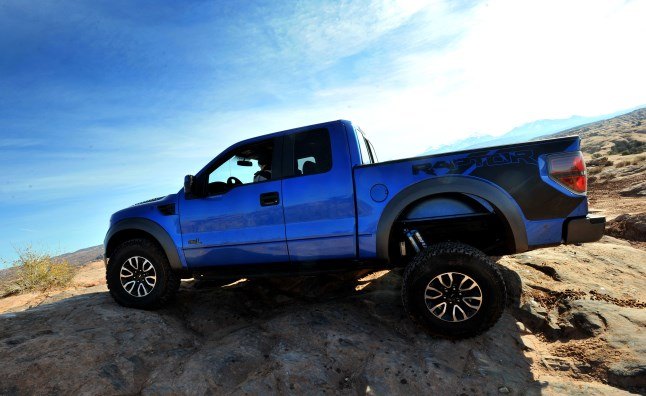



















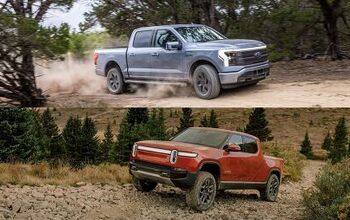
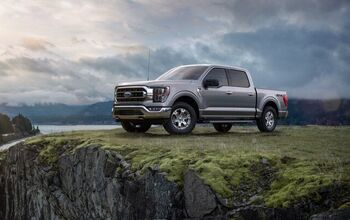
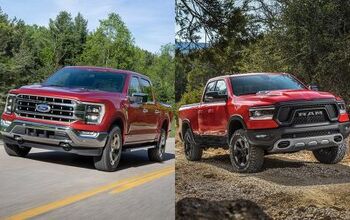
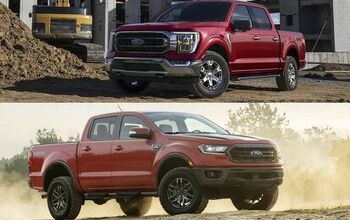


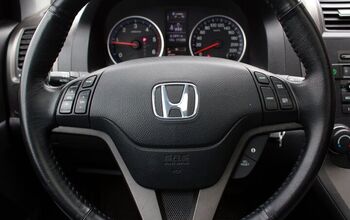







Comments
Join the conversation